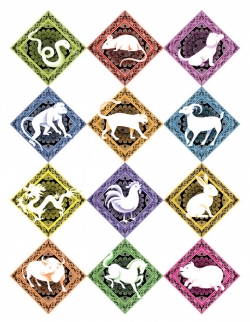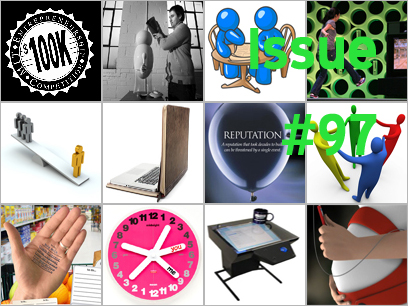
This is one of those questions I get ALL the time.
“I never read those long-copy sales letters. They can’t possibly work, can they?”
“MY target market doesn’t read those long-copy sales letters, they want shorter letters.”
“I can’t imagine anyone reading that much.”
And so on.
Okay, before I get around to answering the question, let me quickly explain what a long-copy sales letter is. It’s those sales letters that are dotted across the web where you have to scroll down and down and down before you finally find the price.
Yeah. You know the ones.
So do they work? Yes they do — IF they’re done right.
Here’s the thing. The reason they work is NOT because they’re long. Length doesn’t equal sales. What DOES equal sales is if you properly answer all of your ideal client’s questions and objections and demonstrate your product/service/program will solve your ideal client’s problems.
And all that takes words. How many words depends on how expensive an investment your solution is.
Think of a conversation. Let’s say it takes you 30 minutes to have a sales call with a prospect. Well, if you take that call and transcribe it,
it’s going to be around 10 pages long depending on how fast you talk. And that’s just one person.
Now you have a call with another person selling the same program. That person asks different questions, but it’s still 30 minutes. Now you have 20 pages worth of transcripts.
Are you starting to see how the long-copy sales letter gets so long?
Granted you’re probably not going to hear completely different questions time after time. But you can see how the pages will start to add up. (The reality is, a sales letter is actually much shorter than any of your one-on-one sales calls.)
Okay, so now you understand how these letters get so long. But what about the whole “you-don’t-read-them-or-your-ideal-clients-don’t-read-them?” Well, I have 2 reasons why that happens:
1. You’re not the ideal client. I don’t care how great or how poor the sales letter is, if you’re not the ideal client, you’re going to have very little interest in reading the letter. (And here’s the kicker — reading is a hypnotic activity, which means you don’t remember when you ARE reading but you DO remember when you don’t finish something. So you’re going to remember all those half-read sales letters much more clearly than the ones you actually finish.)
2. The sales letter is poorly written. This is probably even more common than the first one. Look, you can’t bore anyone into buying anything. And there are a lot of people who don’t understand the long-copy sales letter, so they simply throw a lot of words on the page and hope for the best. That is NOT how to write a sales letter. You need to connect with your ideal client and do it in such a way that they feel compelled to keep reading. A whole bunch of words ain’t going to make the sale (especially a whole bunch of boring words that don’t inspire anyone to do anything).
Bottom line — studies have shown over and over again that long-copy sales letters sell more then shorter sales letter. (Just as long as they’re well written.) So, even if you don’t completely understand it, don’t worry about it. Give your ideal clients what they want to make a decision to invest with you — a well-written, interesting long-copy sales letter.








